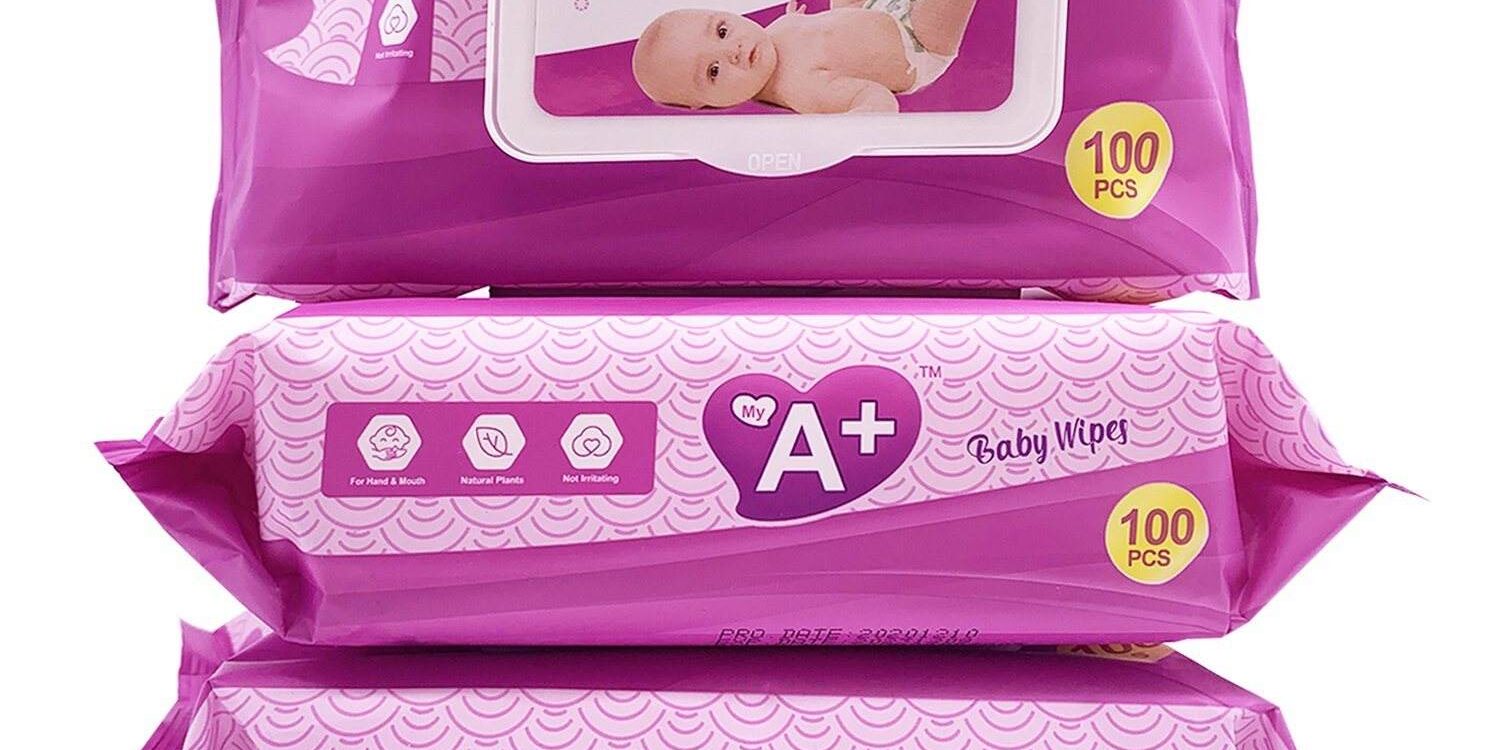Introduction: Why Nonwoven Matters in Wipes
Behind every pack of baby wipes lies a crucial material—nonwoven fabric. Unlike woven textiles, nonwovens are engineered to deliver softness, absorbency, and strength at an economical scale. For B2B buyers, understanding the role of nonwoven technology in baby wipes wholesale production is key to making informed procurement decisions.
What is Nonwoven Fabric?
Nonwoven fabric is produced by bonding fibers together through mechanical, thermal, or chemical processes, rather than weaving or knitting. This allows for a wide range of textures and properties, making it an ideal choice for disposable hygiene products like baby wipes.
✔ Customizable performance – Strength, softness, and absorbency can be tuned.
✔ Scalability – High-speed production makes it cost-effective.
✔ Eco-friendly options – Many suppliers now offer biodegradable nonwovens such as viscose and bamboo.
Types of Nonwoven Fabrics in Baby Wipes
Different manufacturing methods create distinct types of nonwoven fabrics for wipes:
-
Spunlace (Hydroentangled)
-
Uses high-pressure water jets to entangle fibers.
-
Known for softness and strength.
-
Preferred by premium Baby Wipes Manufacturers.
-
-
Airlaid
-
Fibers are bonded with air streams and binders.
-
Highly absorbent but less soft than spunlace.
-
Common in value-range or bulk-order wipes.
-
-
Thermal Bonded Nonwovens
-
Lightweight and economical.
-
Often used in industrial or multipurpose wipes rather than baby wipes.
-
Benefits of Nonwoven Fabric in Wipes
For procurement managers, the advantages of nonwoven technology include:
✔ Consistency – Uniform weight and thickness across large volumes.
✔ Cost-efficiency – Lower raw material and processing costs compared to textiles.
✔ Performance control – Adjusted fiber blends for specific markets (sensitive skin, eco-friendly, etc.).
✔ High production speed – Ideal for wipe wholesale supply chains.
Sustainability and Market Trends
With rising consumer demand for eco-friendly products, many suppliers now offer:
-
Biodegradable fibers such as bamboo, viscose, and PLA.
-
Compostable substrates that align with European and North American regulations.
-
Plastic-free packaging combined with sustainable nonwovens for a fully green solution.
This shift positions wholesale buyers to meet both regulatory demands and consumer expectations.
Quality Testing in Wholesale Wipe Production
Nonwoven-based baby wipes must pass strict testing before reaching the market:
✔ Tensile strength – Ensures durability during use.
✔ Absorbency rate – Confirms effective cleaning.
✔ Dermatological testing – Protects infant skin from irritation.
✔ Flushability (if required) – For wipes designed to break down in water.
Reliable Wipe Manufacturers integrate these quality checks into their production lines, giving wholesale buyers confidence in product safety.
Conclusion: Nonwoven as the Backbone of Baby Wipes
Nonwoven fabric is not just a raw material—it is the foundation of baby wipes production. For wholesalers and procurement managers, choosing the right nonwoven type and working with trusted manufacturers ensures a balance of cost, safety, and marketability. In today’s competitive landscape, leveraging advanced nonwoven technology allows buyers to deliver high-quality wipes that meet both regulatory requirements and consumer expectations.

















